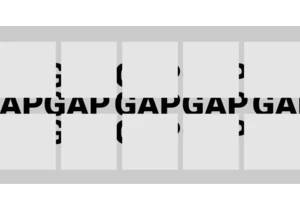I first blogged about responsive data tables in 2011. When responsive web design was first becoming a thing, there were little hurdles like data tables that had to be jumped. The nature of elements are that they have something a minimum width depending on the content they contain and that can easily exceed the width of a small screen device. This image I made then still covers the issue pretty well: Except… maybe they don’t equally suck. If that … Read article “Under-Engineered Responsive Tables”
The post Under-Engineered Responsive Tables appeared first on CSS-Tricks. You can support CSS-Tricks by being an MVP Supporter.
https://adrianroselli.com/2020/11/under-engineered-responsive-tables.html
Inicia sesión para agregar comentarios
Otros mensajes en este grupo.

Styling the space between layout items — the gap — has typically required some clever workarounds. But a new CSS feature changes all that with just a few simple CSS properties that make it easy, ye

Being the bad boy I am, I don't take Tailwind's default approach to cascade layers as the "best" one. Over a year experimenting with Tailwind and vanilla CSS, I've come across what I believe is a b


KelpUI is new library that Chris Ferdinandi is developing, designed to leverage newer CSS features and Web Components. I've enjoyed following Chris as he's publishe

The CSS if() function enables us to use values conditionally, which we can already do with queries and other functions, so I’m sure you’re wondering: What exactly does if()

The CSS if() function was recently implemented in Chrome 137, making it the first instance where we have it supported by a mainstream browser. Let's poke at it a bit at a very high lev

Zell discusses refactoring the Resize, Mutation, and Intersection Observer APIs for easier usage, demonstrating how to implement callback and event listener patterns, while highlighting available o
